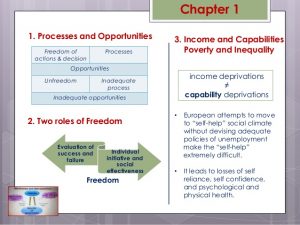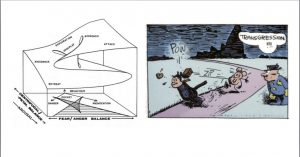
Current state of this site: Konsult Experiment (KE) takes up the project and program introduced in the book, Konsult: Theoprasesis. The ambition of the book is to update and articulate Justice for digital civilization (electracy), given that konsult is to electracy what dialogue is to literacy: The literate concept of Justice was invented by Plato in the Republic, so what better way to undertake a transition from literacy to electracy than by updating Justice? The motivation is guided by the capabilities approach to economic development taught by Amartya Sen, winner of the Nobel Prize in Economics, 1998.
The first 50 posts or so provide instructions and rationale for the invention of konsult as the electrate equivalent of dialogue in literacy, to be included in the curriculum and pedagogy of Digital Humanities or any program committed to developing education for online learning native to digital civilization. The premise is that Arts and Letters curriculum, and all disciplines in principle, begin the shift to electracy (digital apparatus) by reframing learning as heuretics (the logic of invention)–on making rather than meaning. To konsult, egents generate from their image of wide scope an original hypothesis (revolutionary science) applied to the policy impasses of some irreducible disaster important to the egent. In order to formulate this hypothesis, egents must compose a mystory to find and design their unique wide image (disposition of imagination). Ulmer taught mystory-wide image composition in his undergraduate Hypermedia course for several decades.
The exposition of wide image design in this first segment draws upon that experience, including support materials for the course and numerous blogs and websites. New here is the synthesis and integration possible with retrospection. The first benefit of this process is to make explicit that mystory is pedagogy developing a practice of theopraxesis (thinking, willing, imagining; knowing, doing, making) integrating the capabilities, the intellectual virtues whose themes constitute an underlying dynamic of the Western Tradition. Mystory actualizes for an egent the portentiality of human capability documented and dramatized in the archive of civilizations (Dunamis into Energeia). The narrative of heuretic education borrows from the hero’s quest (such is the structure of Internet Invention): human capital (so to speak) is the negentropic force of well-being against disaster (against the plague of the Anthropocene).


What Next? Experiment: Signature Andersen. Continuing the program of consultant pedagogy as an interface metaphor (this figurative function signaled by the “K” in konsult) for students learning to appropriate the cultural archive as resources for applied creativity, the second segment of KE diagnoses and maps how Ulmer’s encounter as consultant to Andersen Worldwide at their Chicago headquarters in 1998 embodies and emblematizes (serves as mise-en-abyme of) the motor (engine, drive, game) of the electrate apparatus within history. The experiment is to learn whether or in what way konsult might become playable, in order to discover the full potentiality of every situation relative to every egent (every disaster relative to every imagination). This project, entitled Signature Andersen, is experimental, drawing upon Ulmer’s more recent research and collaborations. The experiment is a gamification of metaphysics, testing a new ontology of Second Nature (Phusis)–conditions in which the artefactual begins to affect the factual (cultural climate change). The rationale is that this scenario of one konsultancy is generalizable and transferable to konsult as such.
Konsult is to electracy what dialogue is to literacy
—Greg Ulmer

